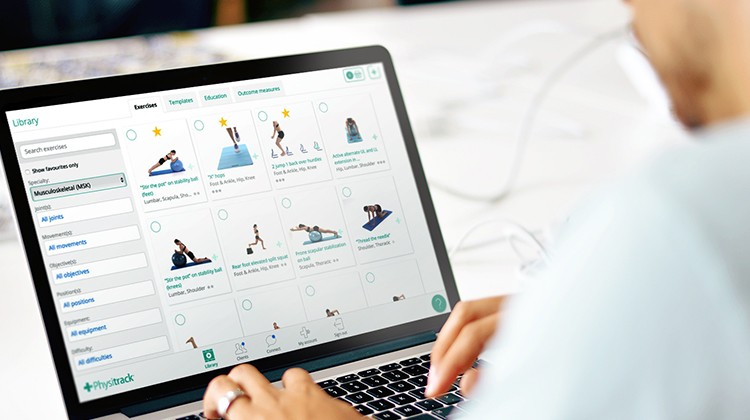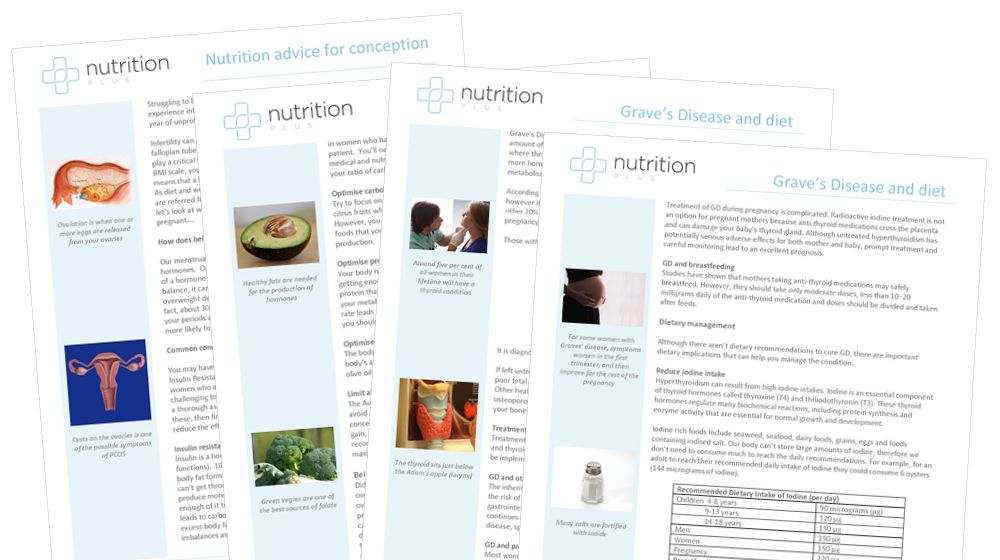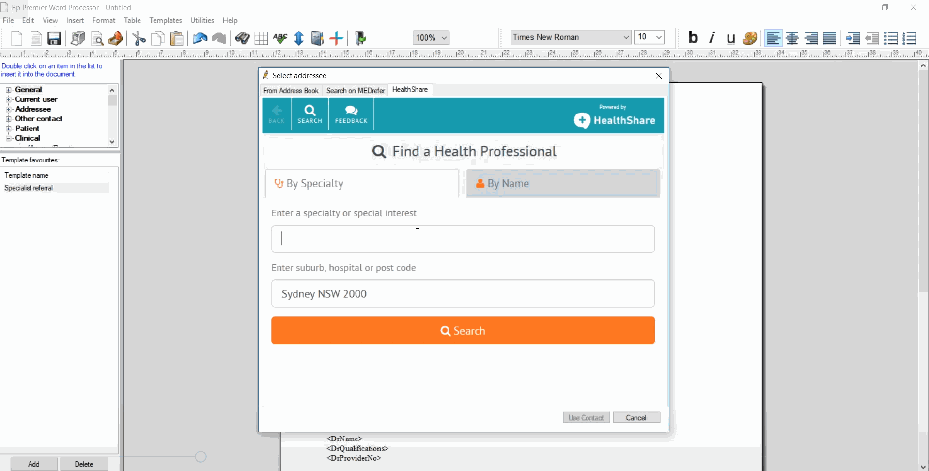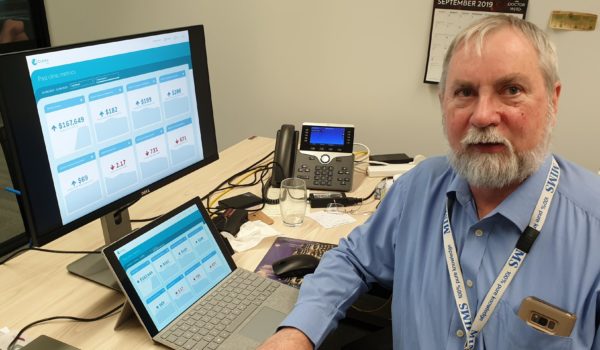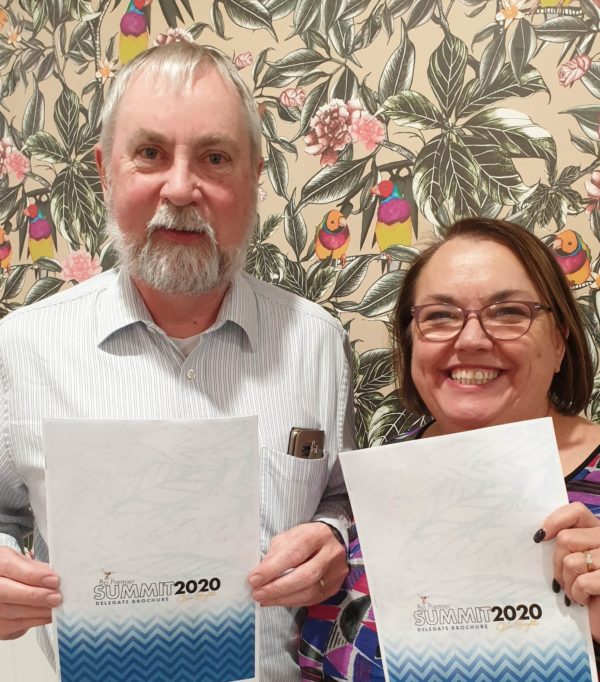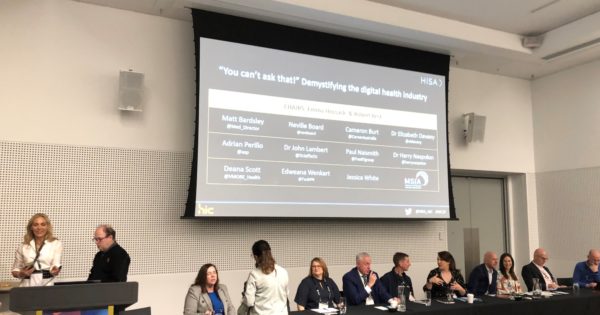Home exercise programs often form a fundamental part of patient treatment plans for good reason. Studies show they can help increase muscle strength, improve physical function and prevent the need for surgical intervention. They’ve also been shown to improve patients’ quality of life, glycemic control and weight. Yet the effectiveness of the programs, and the impact they have on treatment outcomes, is almost wholly dependent on how well patients adhere to them.
Until recently, to prescribe home exercise programs, allied health practitioners had no choice other than to give patients paper handouts carrying printed instructions and either stick figures, or at best, grainy photos.
While these can be adequate for explaining basic exercises, they’re limited in their ability to explain the correct technique for more complex exercises. They also frequently prove inadequate where patients have a limited understanding of exercise techniques in general.
Another significant drawback of these traditional home exercise prescription methods is the lack of insight into patient adherence, progress, pain experienced during exercises or other, more specific feedback.
Not having this insight prevents practitioners from being able to adjust a patient’s exercise program should it be proving too easy or hard, or collect valuable outcomes data for payers like WorkCover or the TAC.
Physitrack, one of Bp Allied’s latest integration partners, is changing this with their comprehensive patient engagement solution.
Already used by 40,000+ practitioners and over 4 million patients, Physitrack lets practitioners prescribe crystal-clear exercise programs, track patient outcomes in real-time, educate patients and have secure Telehealth video calls.
Exercise Prescription: Choose from over 4,300 clinically validated, fully narrated exercise videos recorded in Ultra HD to build your own exercise program in seconds. Alternatively, upload your own exercise videos or photos to make your Physitrack library your own.
Outcomes Tracking: Track your patients’ compliance and pain scores / RPE in real-time thanks to the free PhysiApp patient app. Always know how your patients are tracking to have more meaningful conversation with them and keep them on track. Choose from 60+ clinical outcome measures and assign them to your patients. Reminders keep your patients on track and motivated.
Patient Education: Educate your patients and help them manage their condition with clear and engaging educational content. Upload your own patient leaflets or other content and share with your patients through the PhysiApp patient app, great for marketing purposes as well.
Secure Telehealth: Schedule consultations via Telehealth video calls and engage your patients remotely. Includes secure messaging and crystal-clear video calling powered by Dolby. Includes screen sharing and live exercise video streaming to educate patients remotely about correct exercise technique.
Thanks to the integration with Physitrack, BP Allied users can open their patient information from their Bp Allied screen directly into Physitrack. Uploading an exercise program from Physitrack into Bp Allied is extremely easy as well.
For more details see http://kb.bpsoftware.net/bpallied/physitrack_integration.htm.
Bp Allied users subscribe to Physitrack at only $8.99p/m (normally $13.99).
Note: does your clinic have 10+ users? Contact us for a group account.

